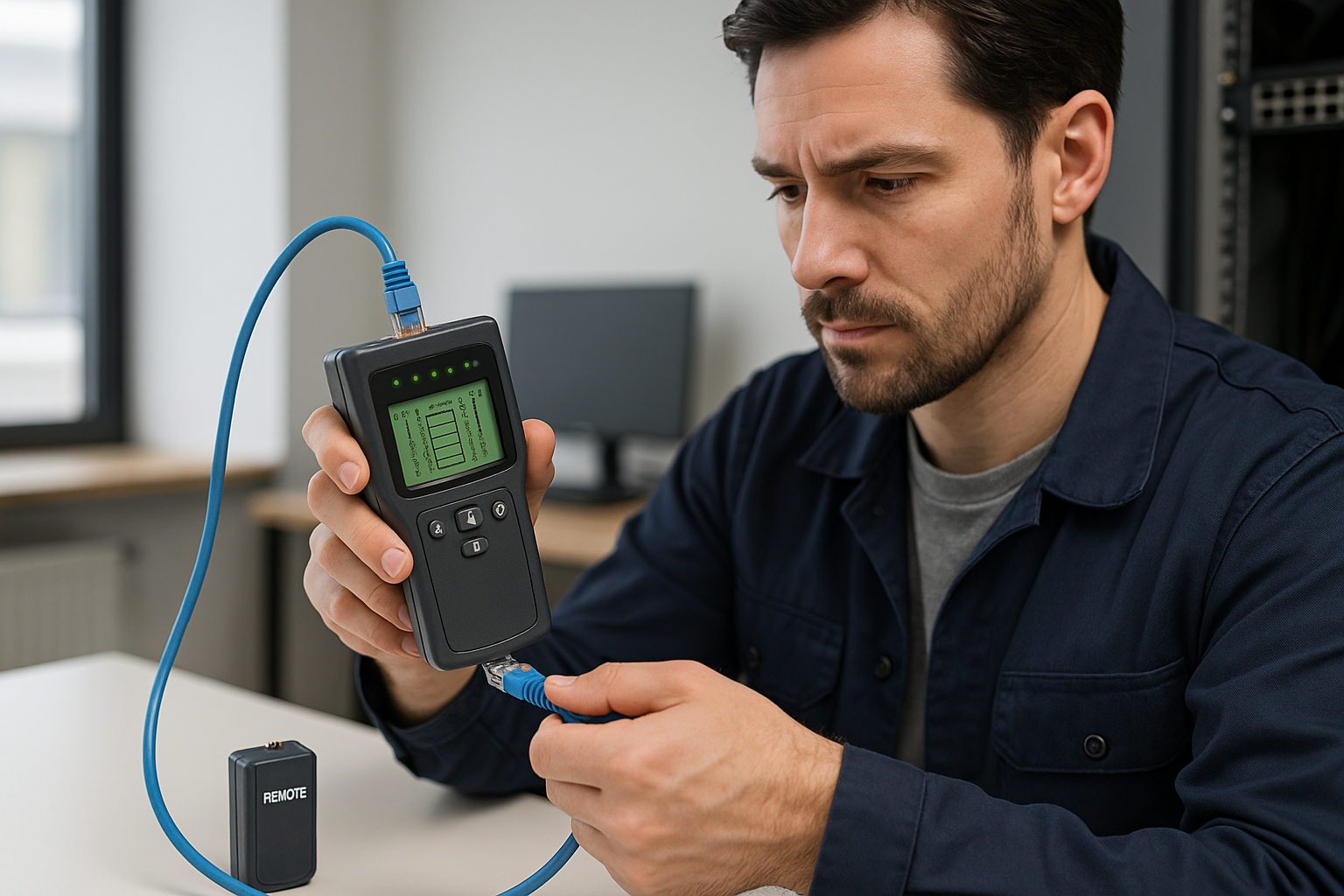What is AWG and how do you correctly apply wire sizes?
- , by Jarno Heideman
- 6 min reading time

What You Need to Know About American Wire Gauge and How to Correctly Apply Wire Sizes
When working with cabling, you will soon come across the term American Wire Gauge . This system, also known as AWG, indicates how thick a wire/core is. The correct wire thickness is essential for safe and efficient conduction. On this page we explain step by step what AWG means, how to interpret the values, and how to apply the system when choosing the right cable.
How the American Wire Gauge System Came About and How It Is Used
The American Wire Gauge system was developed in the United States in the nineteenth century as a standard for the wire thickness of electrical cables. The reason for this was simple: uniformity. There were various systems in circulation that were not easy to compare with each other, which caused errors during installation.
AWG is based on the number of pulls required to reduce a copper wire to a certain diameter. The more times a wire is pulled, the thinner it becomes and the higher the AWG number. The system is still widely used in North America and in the Netherlands you will also see it regularly on data sheets of network cables, speaker cables and power cables.
How to Interpret Wire Sizes Using the AWG System
An important characteristic of AWG is that the system decreases. That is, the higher the AWG number, the thinner the wire. For example, a cable of AWG 12 has a larger diameter than a cable of AWG 24.
For example:
-
AWG 10 represents a wire with a diameter of approximately 2.59 millimeters
-
AWG 16 is 1.29 millimeters in diameter
-
AWG 24 has a diameter of only 0.51 millimeters
This decrease is not linear, but logarithmic. This means that small differences in AWG can mean large differences in area and resistance. Therefore, it is important to carefully consider which value you need for your application.
What information you can get from a standard AWG table
A clear AWG table helps you to quickly gain insight into the specifications of a cable. Below you can see what you can get from such a table:
|
AWG |
Diameter (mm) |
Area (mm²) |
Resistance (Ω/km) |
Max. current (A) |
|
10 |
2.59 |
5.26 |
3.28 |
55 |
|
12 |
2.05 |
3,31 |
5.21 |
41 |
|
16 |
1,29 |
1,31 |
13,17 |
22 |
|
20 |
0.81 |
0.52 |
33.6 |
11 |
|
24 |
0.51 |
0.20 |
84.2 |
3.5 |
This table shows how wire thickness affects the electrical properties of a cable. The thinner the wire, the higher the resistance, and the less current it can safely carry.
How to perform calculations based on wire size and resistance
To determine whether a cable is suitable for your situation, you can perform a number of simple calculations. The most important of these is the calculation of voltage drop.
Suppose you use a 20 meter long AWG 16 cable for a current of 10 amps. The resistance of this cable is 13.17 ohms per kilometer, or 0.263 ohms over 20 meters (there and back). The voltage drop is then:
Voltage drop = current × resistance = 10 × 0.263 = 2.63 volts
At a mains voltage of 12 volts, this means a loss of over 20 percent, which is too much. In that case, you choose a thicker cable, for example AWG 14 or AWG 12.
How to choose the right wire size for your application in practice
Selecting the right wire size involves more than just length and power consumption. Application and environmental factors also play a role.
Examples:
-
Network cables: over long distances, cabling that is too thin can cause signal loss
-
Speaker cables: at high power you want as little resistance as possible in the cable
-
Solar panels: higher currents and low voltages require thicker cables to limit losses
Be careful with applications in domestic installations. Always use cables that meet Dutch standards and safety guidelines. A wire that is too thin can overheat, with the risk of fire.
What are frequently asked questions about using AWG in different situations
How do I convert AWG to millimeters?
A good rule of thumb is: the lower the AWG number, the thicker the wire . But if you want to know exactly, use a table or calculator.
Example: AWG 16 is 1.29 mm in diameter and has a surface area of 1.31 mm².
What is the difference between AWG and metric thread?
In Europe, metric designations in mm² are commonly used. AWG is mainly used in the US and in products from Asia or America. The main differences:
-
AWG is based on diameter, metric on cross-sectional area
-
AWG is not linear, metric is
-
AWG uses whole numbers, metric often works with decimals
Are there safety guidelines per wire size?
Yes. Each wire has a maximum current capacity. Exceeding this can lead to overheating. Therefore, always use a cable with a margin, especially for continuous use. Consult the datasheet of the cable or a reliable AWG table.
Check out our other blogs
-

, by Jarno Heideman How do you easily set up a home network yourself?
-

, by Jarno Heideman What are the color codes of UTP cables and how do you use them correctly?
-

, by Jarno Heideman How do you test a UTP cable without making mistakes?
-

, by Jarno Heideman How do you connect fiber optic yourself without any hassle at home?





